|
|
 |

|
 |
 |
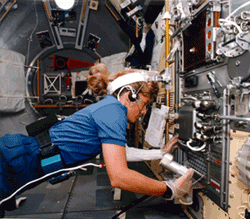 > A Preventive Method For Space Adaptation Syndrome: Autogenic-Feedback Training: > A Preventive Method For Space Adaptation Syndrome: Autogenic-Feedback Training:
In 1979, NASA accepted our formal life sciences experiment for flight on multiple shuttle missions. The title of this study was A Preventive Method For Space Adaptation Syndrome: Autogenic-Feedback Training.
Objectives:
1. To evaluate the effectiveness of Autogenic-Feedback Training (AFT), a physiological self-regulation training technique, as a treatment for space motion sickness
2. To compare physiological data and inflight symptom reports to ground-based motion sickness data
3. To predict susceptibility to space motion sickness based on preflight data of each treatment group crewmember
Relevance to NASA's Goals:
Goals of Life Sciences : Enable a Permanent Human Presence in Space
1 To study physiological and behavioral indicators of human adaptation to the microgravity environment
2 To use Autogenic Feedback Training to facilitate this adaptation and readaptation to Earth
Preflight
- Zero Gravity Aircraft
- Shuttle Mockup
- Lab Training
Inflight
Postflight
> Support of MIR 23
"To Dear Pat, who can teach you to do the impossible" with Best wishes, Lyudmilla
Dr. Cowings, her husband and partner Dr. William Toscano, and their son Christopher Micheal Cowings Toscano, traveled to Star City in September 1996 to train cosmonauts for the MIR 23 mission in AFTE methods. In support of this Russian experiment, American and Russian scientists will share training methods and will collect physiological and performance data on the crew over the six-month flight
|
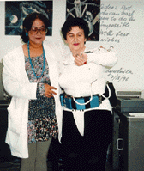
Patricia and Lyudmilla, American and Russian Counterparts
|
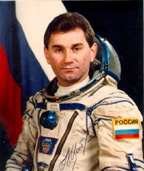
Vasiley Tsibliev - Commander of Mir 23
|
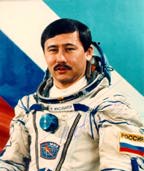
Talget Mustabyev will fly on Mir 25
|
 |
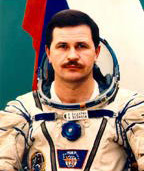
Nicoli Budarin is also on the Mir 25 crew
|
|
|
|
|